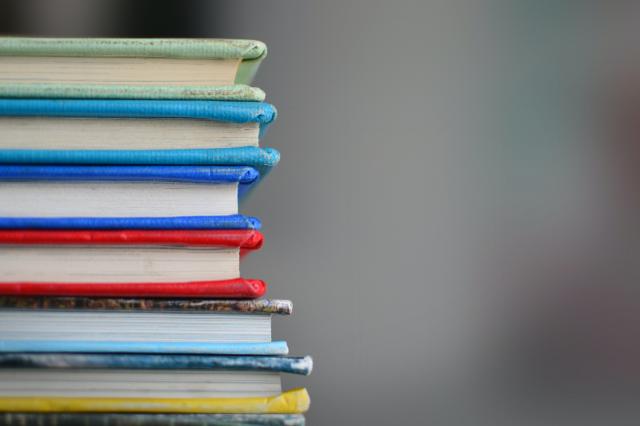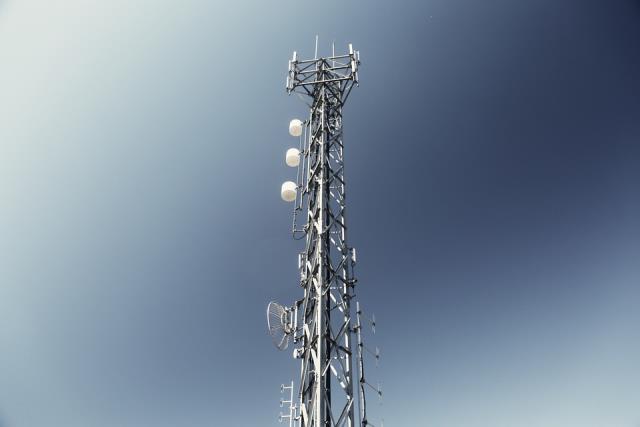A review of Klara and the Sun by Kazuo Ishiguro
Nobel Prize-winning British author Kazuo Ishiguro’s 2021 novel Klara and the Sun returned to this reviewer’s attention after Ai-Da, “the world’s first ultra-realistic robot artist”, gave evidence at the House of Lords in October 2022.
Ai-Da’s appearance was part of an inquiry into the future of the creative industries in the UK. The much publicised event was indeed informative and inspiring, as not just Ishiguro’s book but also the works of Margaret Boden and Yuval Noah Harari were discussed.
While Ai-Da’s answers to various questions were obviously pre-prepared by her creator Aiden Meller – and therefore mirroring his views and visions about the impact of artificial intelligence on the future of humanity – the presence of a humanoid robot helped making all the imaginable possibilities and pitfalls almost tangible.
Indeed, Ai-Da’s crossed eyes, typos and “pulling interesting faces” helped leading her human audience’s imagination away from The Terminator (1984) and closer to Short Circuit (1988). Seeing her shut down and being rebooted halfway through the evidence session was definitely more interesting than watching politicians falling asleep in parliament.
Like Ai-Da, the first-person narrator in Klara and the Sun is immediately likeable. Klara is an Artificial Friend (AF), designed and developed to keep children company as they are home schooled by “screen professors” in the novel’s much polluted future America.
Klara is exceptionally intelligent and observant, and her knowledge of the world is built upon her constant monitoring and analysis of everything in her immediate surroundings. Through her eyes, we see a society where genetic perfection means “high-rank” class while those not “lifted” are denied education.
It is also through Klara’s observation that we see two mothers and how their love impacts on
their children in dramatically different ways. When the Mother acquires the android as a companion for her sickly daughter Josie, it is with a hidden agenda, which slowly but surely leads readers to reflect on the meaning of being human.
More importantly, we are invited to ask: “What does it mean to love?” As Klara is solar powered, she “naturally” recognises the Sun as a great, benevolent living entity capable of offering nourishment to all that he shines upon. Is it possible that his special nourishment can help Josie recover from her illness?
Such mixture of intelligence and naivety is what makes Klara’s narration fascinating. Her language is simple yet sincere, her attention to details amazing, her perceptions of the world occasionally glitching out so that everything turns into cubes and cylinders, and her loyalty to Josie is deeply moving.
Indeed, Klara reminds this reviewer more of WALL-E (2008) than I, Robot (2004), where the robot Sonny’s question “You have to do what someone asks you, don’t you, if you love them?” seems full of pretence. In sharp contrast, Klara never talks about love – she simply does.
Ishiguro’s Klara and the Sun subtly alarms us about the danger of unchecked technological advances while alerting us of the remarkable beauty and fragility of humanity in a refreshing way. Highly recommended.







